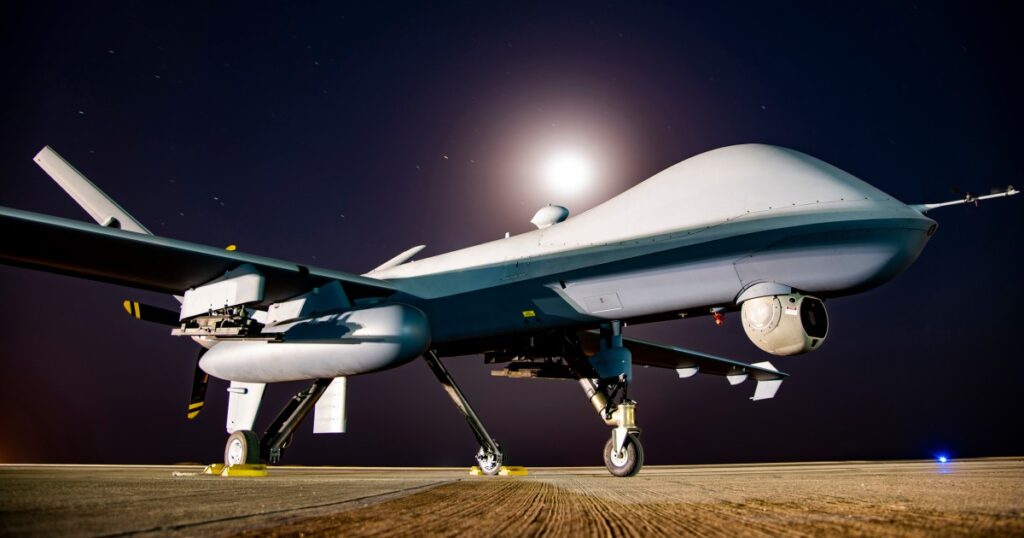For the first time since Russia’s war in Ukraine began over a year ago, U.S. and Russian military forces came into direct contact on Tuesday, when two Russian Su-27 fighter jets intercepted and damaged an unmanned U.S. MQ-9 surveillance drone over the Black Sea.
Chairman of the Joint Chiefs of Staff, Gen. Mark Milley, called the crash an unprofessional, dangerous maneurver in international airspace. The Biden administration immediately summoned Russian Ambassador Anatoly Antonov to the State Department to register its strong condemnations. The Pentagon meanwhile released a 43-second clip of the incident on Thursday morning to back up its version of events; footage showed Russian pilots not only poured fuel over the U.S. surveillance aircraft, but rammed into its propeller, causing U.S. operators to bring the drone down.
As dramatic as this collision is, U.S. and Russian pilots frequently test each other in the air.
It’s tempting to look at a direct confrontation between the U.S. and Russian air forces and assume this is the beginning of a more dire escalation involving the world’s biggest nuclear weapons powers. But many elements of the event indicate that we needn’t be overly alarmist, at least when considering the immediate implications.
As is usual in these types of incidents, there are some things we don’t yet know. It’s not clear if the Russians deliberately tried to damage the MQ-9’s propeller or whether it was pilot error, for example. State Department spokesman Ned Price is leaning toward the latter explanation, telling MSNBC on Wednesday that the collision was “probably the result of profound incompetence on the part of one of these Russian pilots.” There is also a question about what the drone was doing in that particular area. Was it part of a regular, pre-planned flight over the Black Sea, an international waterway? Or was the MQ-9 conducting an intelligence collection mission on Russian forces stationed in the…
Read the full article here





